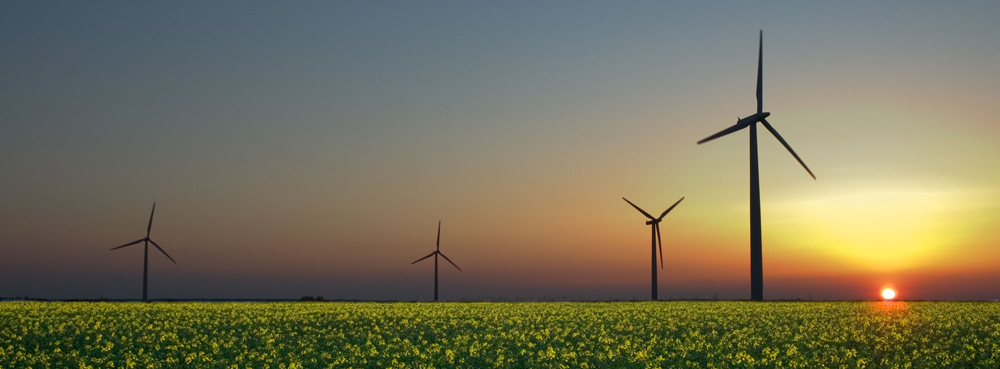(broken link removed)
I see the entropy being ignored in the popular press often. Thermal power plants in order to work have to reject heat, usually by a cooling tower or air cooled condenser (far less often, they just pull water out of a river, lake or ocean and use the water to cool the plant). Folks take the total flow and multiply by the temperature difference and claim there are millions of BTUs read to go for heating which is technically true. Unfortunately its rarely worth anything to anybody except possibly heating a greenhouse slab or sidewalks in cold weather (they conveniently forget when it warms up the heat has to go somewhere)
I run into this whenever I run my wood boiler with my undersized slant fin radiators, In order to heat the house I need 140 F water minimum. My storage will drop to 140 F but even though its a lot warmer than the house, I can not get the heat out fast enough. Well designed radiant heating or low temp radiant emitters can run down to 85 deg F, so I would get a lot more heat between firing my boiler out of my storage tank if I changed out my radiators. That is not a small undertaking for an existing home and given my wood cost and usage I could never justify it on an existing home but with a new home it would be different story.
I see the entropy being ignored in the popular press often. Thermal power plants in order to work have to reject heat, usually by a cooling tower or air cooled condenser (far less often, they just pull water out of a river, lake or ocean and use the water to cool the plant). Folks take the total flow and multiply by the temperature difference and claim there are millions of BTUs read to go for heating which is technically true. Unfortunately its rarely worth anything to anybody except possibly heating a greenhouse slab or sidewalks in cold weather (they conveniently forget when it warms up the heat has to go somewhere)
I run into this whenever I run my wood boiler with my undersized slant fin radiators, In order to heat the house I need 140 F water minimum. My storage will drop to 140 F but even though its a lot warmer than the house, I can not get the heat out fast enough. Well designed radiant heating or low temp radiant emitters can run down to 85 deg F, so I would get a lot more heat between firing my boiler out of my storage tank if I changed out my radiators. That is not a small undertaking for an existing home and given my wood cost and usage I could never justify it on an existing home but with a new home it would be different story.




 In my world entropy is "randomness"
In my world entropy is "randomness"